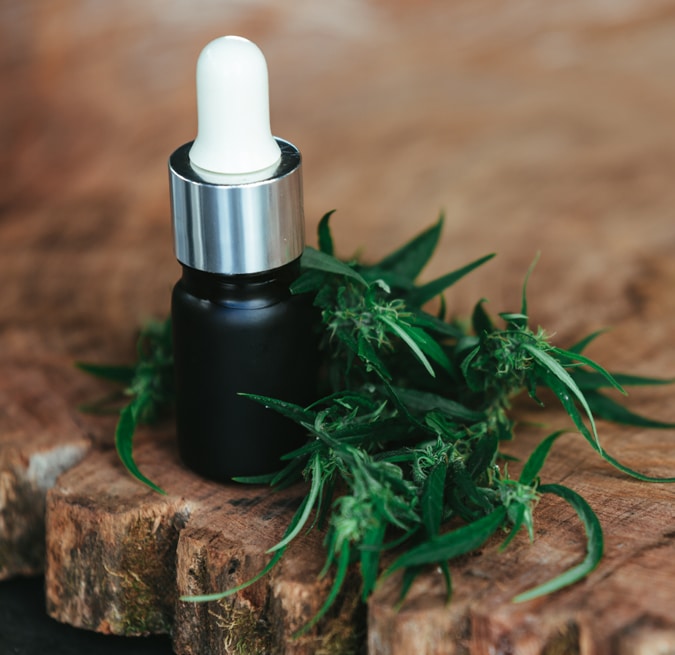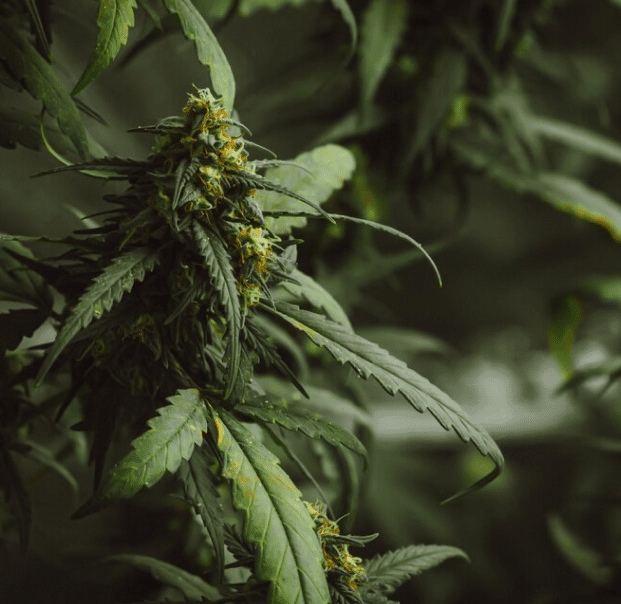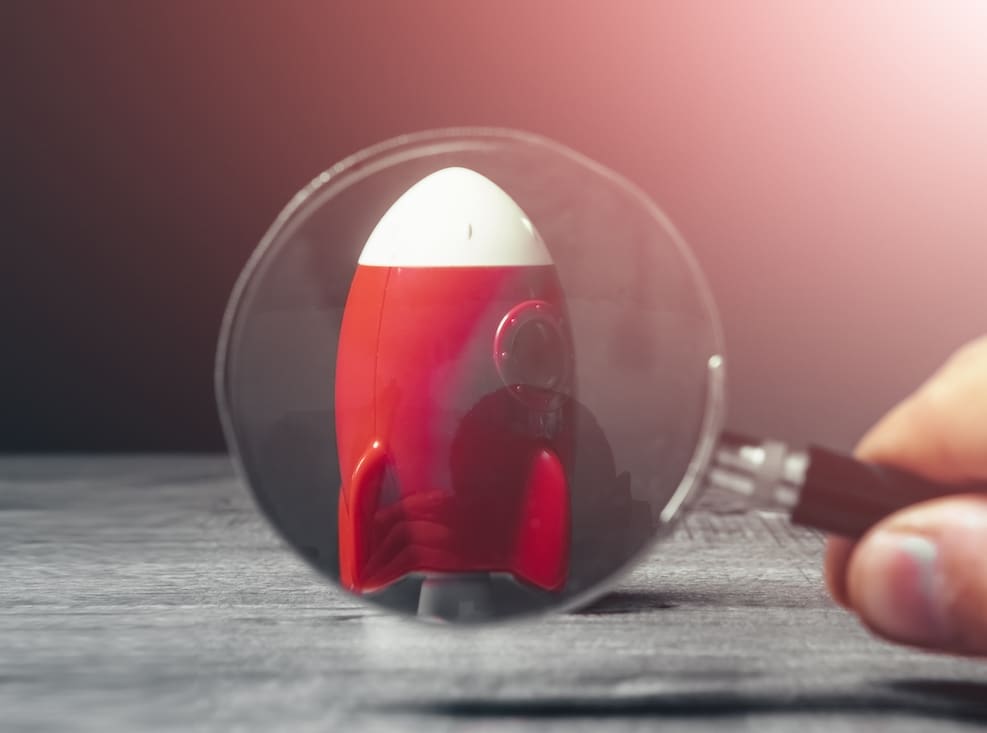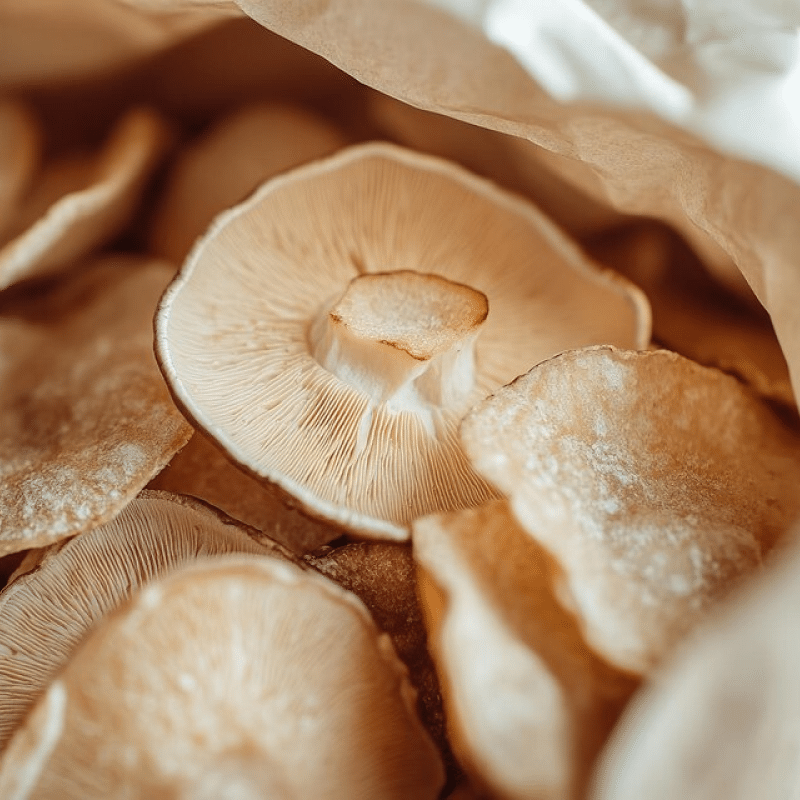How can cannabis cultivators reduce their environmental footprint, particularly water and energy consumption?
 AlphaRoot Team
AlphaRoot Team
Cannabis cultivation can strain natural resources. Studies show a single plant can consume up to six gallons of water per day during peak growth, and indoor grows account for about 1% of U.S. electricity consumption, comparable to data centers. To reduce environmental impact:
• Adopt efficient irrigation. Use drip irrigation and rainwater harvesting to minimize water use.
• Switch to renewable energy and efficient equipment. Employ solar panels or wind turbines and energy-efficient technologies (LED lighting, proper insulation).
• Use integrated pest management and organic fertilizers to reduce pesticide runoff.
• Enhance soil health through crop rotation, cover crops, and composting.
• Manage waste by composting plant material, recycling packaging, and safely disposing of chemicals.
• Explore hemp cultivation. Hemp requires fewer pesticides and has high carbon-sequestration potential.
Combining these practices reduces environmental harm and may lower operating costs.
Related FAQs
How can indoor growers improve energy efficiency and adopt renewable energy solutions?
 AlphaRoot Team
AlphaRoot Team
Indoor cultivation’s energy demand stems from lights, HVAC, and ventilation. Research shows indoor cannabis accounts for about 1% of U.S. electricity use. To reduce usage: • Install LED or high-efficiency...
How do environmental factors influence cannabis crop insurance?
 AlphaRoot Team
AlphaRoot Team
Environmental factors play a significant role in the terms and availability of cannabis crop insurance. Natural disasters like wildfires or floods can pose significant risks to cannabis cultivation. Crop insurance...
Curated News
Ask a Question
We’re here to help. Whether you’re looking for expert advice or need clarification, our team is ready to assist. Reach out, and let’s find the answers together.




